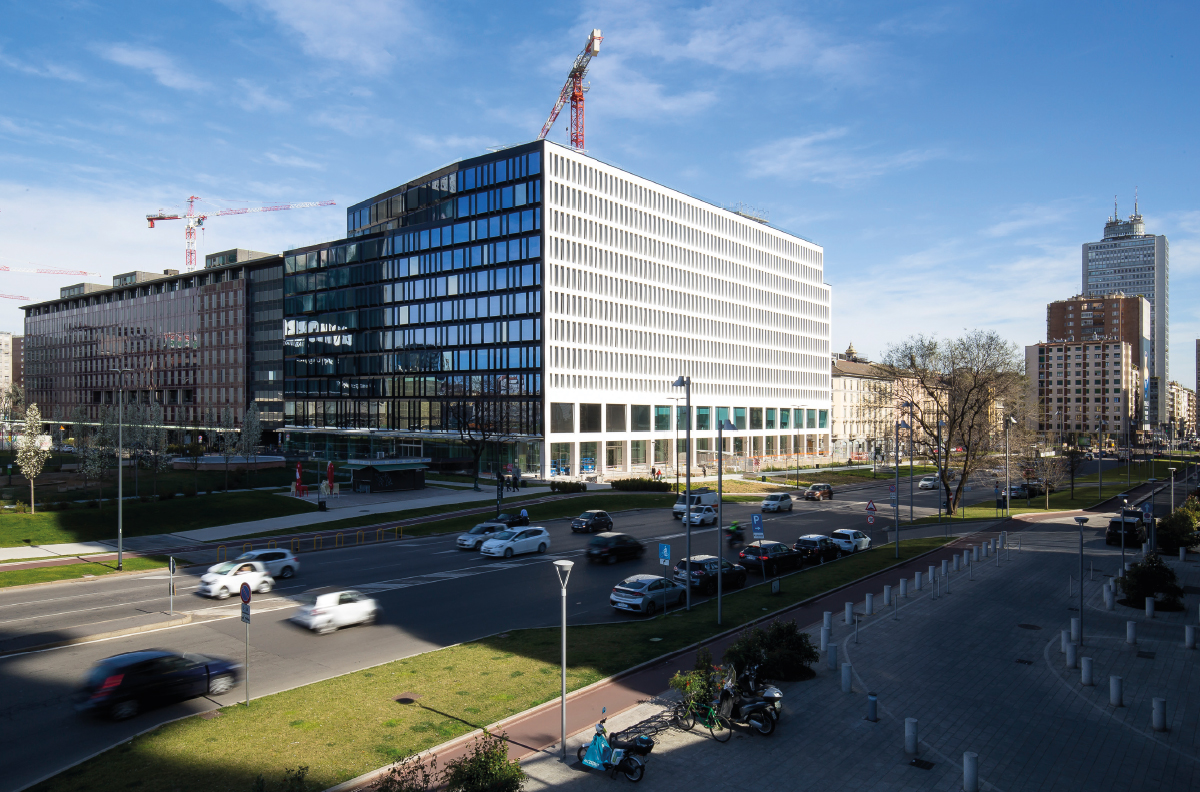Introduction
As climate change intensifies, the real estate industry finds itself at a crossroads, compelled to redefine its future. In this article, we will delve into how the industry is actively reshaping itself to address climate change. We’ll explore innovative strategies, the potential impacts on property markets, investment opportunities, and provide a comprehensive comparative table of climate-resilient properties.
The Impact of Climate Change
The impact of climate change on real estate is no longer a distant concern but an immediate challenge. Rising sea levels, more frequent and severe weather events, and shifting climate patterns are altering property values, insurance costs, and the desirability of certain regions. The industry is no longer passive; it’s proactively responding to climate change by adopting resilience as a core value.
Innovative Strategies for Climate Resilience
1. Green Building Practices
At the heart of the real estate industry’s response to climate change are green building practices. Developers are incorporating energy-efficient designs, renewable energy sources, and sustainable building materials into their projects. These features not only reduce a property’s environmental footprint but also enhance its long-term value by minimizing operational costs.
2. Coastal and Floodplain Management
In regions vulnerable to rising sea levels and coastal flooding, real estate firms are investing in protective infrastructure. This includes constructing flood barriers and designing buildings that can withstand flooding and storm surges. Coastal land management is becoming an integral part of property development to minimize risks associated with sea-level rise and erosion.

3. Insurance-Backed Resilience
Property owners are increasingly turning to insurance policies that offer coverage for climate-related damages. These insurance policies not only provide a safety net for property owners but also incentivize them to make climate-resilient improvements. By reducing the financial burden of climate-related damages, property owners can better focus on implementing mitigation measures.
Comparative Table of Climate-Resilient Properties
For a comprehensive overview of the real estate market’s response to climate challenges, here’s a comparative table of climate-resilient properties:
| Property | Location | Green Features | Flood Protection | Energy Efficiency |
|---|---|---|---|---|
| Eco Oasis Residences | Miami, FL | Solar Panels, Green Roof | Flood Barriers, Elevation | Energy-Star Certified |
| Sustainable Urban Lofts | New York, NY | Low-Energy Lighting, | Storm Surge Protection, | LEED Platinum Certified |
| Efficient HVAC | Reinforced Foundations | |||
| Green Haven Estates | Los Angeles, CA | Sustainable Landscaping, | Flood-Resistant Design | Smart Home Systems |
| Energy-Efficient HVAC | ||||
| Waterfront Eco Village | Seattle, WA | Geothermal Heating, | Flood-Resistant Features | Solar Power |
| Rainwater Harvesting | Elevated Structures | |||
| Leafy Retreat Homes | Portland, OR | Passive Solar Design, | Coastal Land Management | Energy-Efficient Windows |
| Energy-Efficient Insulation |
(Note: Features are subject to property-specific variations.)
Potential Impacts on Property Markets
The real estate market is already undergoing transformation due to climate challenges. Climate-resilient properties are increasingly attractive to buyers and investors. In contrast, properties in high-risk areas may face reduced demand and declining values. This change in demand underscores the evolving priorities of property buyers and investors.
Investment Opportunities
Real estate investors have a unique opportunity to invest in climate-resilient properties. These investments contribute to a more sustainable and resilient future while potentially offering reduced risks and attractive returns. The real estate industry recognizes its role in the broader context of environmental health and property market stability, underscoring the urgency of taking action.
As we move forward, the real estate industry’s journey to resilience serves as a model for other sectors. By actively addressing climate change, the industry not only safeguards its future but also plays a crucial role in building a world that can withstand the challenges of climate change.
Conclusion
The real estate industry is not just adapting to climate change; it is actively redefining its future. As climate change becomes increasingly evident, the innovative strategies and investments in climate resilience are transforming the industry. Resilient properties are gaining favor among buyers and investors, highlighting the changing priorities in the market.
Real estate investors have a unique opportunity to shape a more sustainable and resilient future while potentially enjoying favorable returns. The industry is taking on a vital role in building a world that can adapt and thrive in the face of climate change. The interconnectedness of environmental health, economic stability, and property market sustainability underscores the urgency of taking immediate action.










